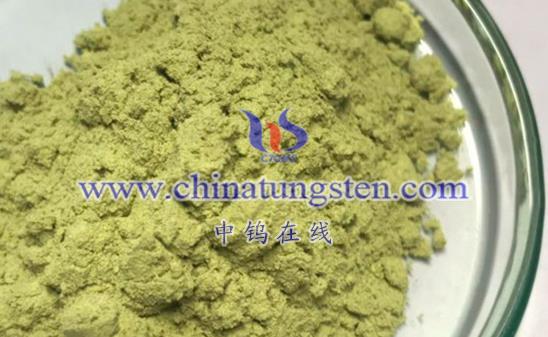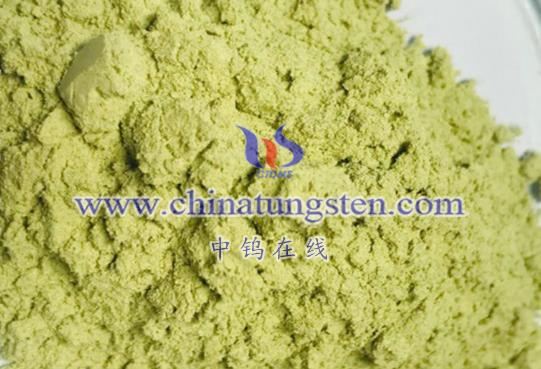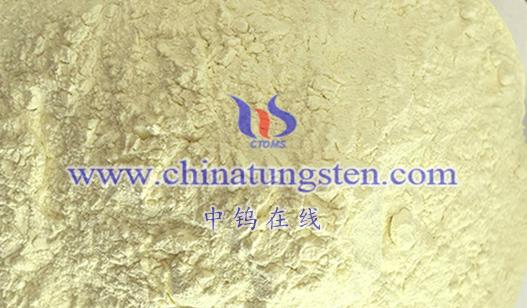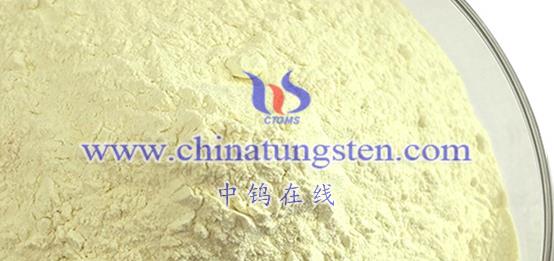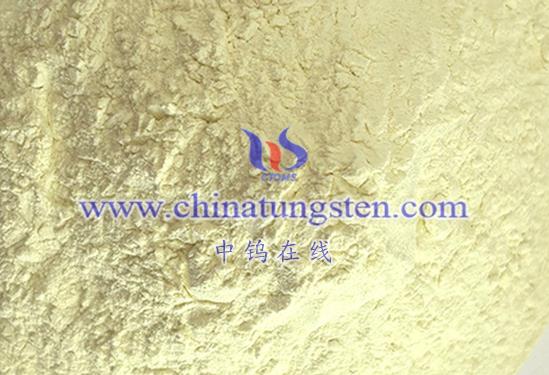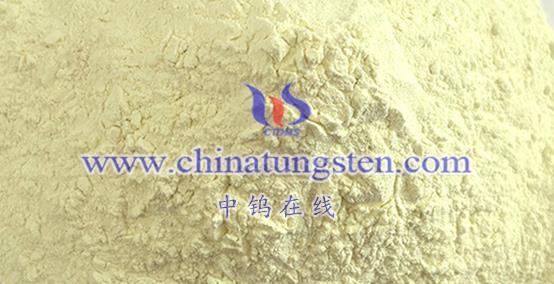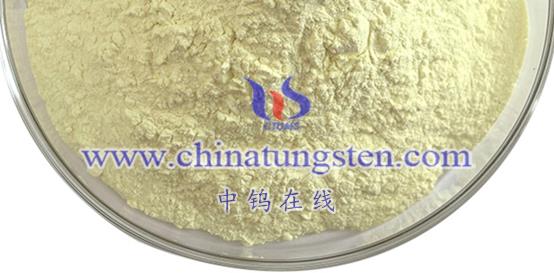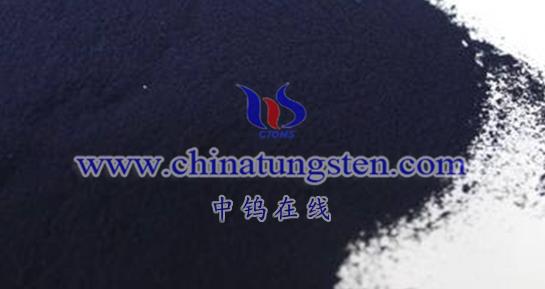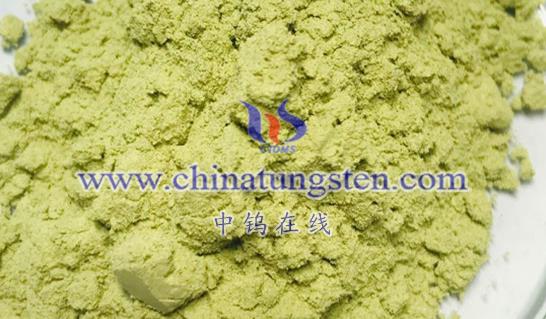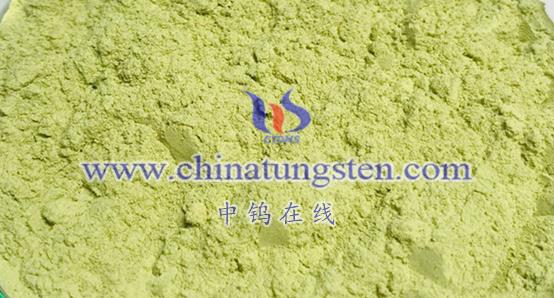
Tungsten oxide nanoparticles (WO3) offer several key advantages in the manufacturing of smart windows, primarily due to their unique electrochromic properties and functional characteristics. Here’s a detailed overview of these advantages:
- Excellent Electrochromic Performance
- Reversible Color Change
Tungsten oxide, especially in its trioxide form, exhibits remarkable electrochromic properties. Under the influence of an electric field, it can undergo reversible color changes, allowing for dynamic adjustment of light transmittance. This feature enables smart windows to automatically modulate transparency based on external light intensity and indoor requirements, achieving a balance between energy efficiency and comfort. - Efficient Regulation
The electrochromic response of tungsten oxide is fast, enabling quick color changes that enhance the regulation efficiency of smart windows. Additionally, its stable and reliable color-changing process, along with high cycling endurance, ensures the long-term performance of the smart windows.
- Enhanced Performance of Smart Windows
- Increased Durability
Optimizing the structure and distribution of tungsten oxide nanoparticles can significantly improve the durability of smart windows. The small size and surface effects of nanomaterials contribute to greater stability and resistance to aging, thereby extending the lifespan of smart windows. - Improved Optical Performance
The nanostructure of tungsten oxide provides excellent optical properties. In smart windows, it effectively manages and utilizes light, improving both light transmittance and shading capabilities. Its favorable light scattering and reflection characteristics also enhance indoor light distribution and visual comfort.
- Significant Energy-Saving Effects
- Reduced Energy Consumption
The electrochromic performance of tungsten oxide allows smart windows to automatically adjust light transmittance based on light intensity and indoor temperature. This capability minimizes unnecessary heat transfer and energy consumption. During summer, smart windows can reduce solar radiation intake to lower indoor temperatures; in winter, they can enhance indoor lighting and warmth, improving overall comfort. This intelligent regulation supports energy-saving and emission-reduction goals in buildings.
- Multifunctional Integration
- Composite with Other Materials
Tungsten oxide can be combined with other functional materials to achieve multifunctional integration in smart windows. For example, integrating tungsten oxide with self-cleaning or antibacterial materials can lead to the development of smart windows with various additional functions. This integration enhances the practicality and added value of smart windows, catering to users’ desire for a high-quality lifestyle.
- Environmental Friendliness and Sustainability
- Eco-friendly Material
As an inorganic material, tungsten oxide possesses good environmental performance. Utilizing tungsten oxide in smart window manufacturing helps reduce emissions of harmful substances and environmental pollution. Additionally, its recyclability and potential for reuse align with sustainable development principles.
Conclusion
Tungsten oxide nanoparticles exhibit outstanding electrochromic performance, enhance the properties of smart windows, provide significant energy-saving benefits, enable multifunctional integration, and promote environmental sustainability. These advantages establish tungsten oxide as a crucial material in smart window manufacturing, driving continuous development and innovation in smart window technology.
More details of tungsten oxide product, please visit website: tungsten-oxide.com
Please contact CHINATUNGSTEN for inquiry and order of tungsten oxide:
Email: sales@chinatungsten.com
Tel.: 86 592 5129595
